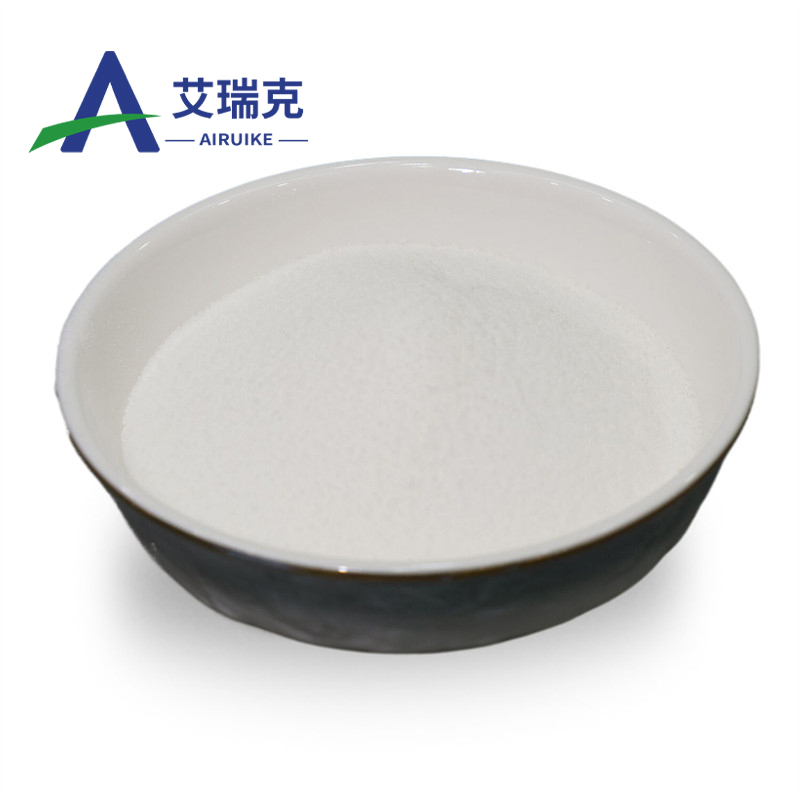-
Categories
-
Pharmaceutical Intermediates
-
Active Pharmaceutical Ingredients
-
Food Additives
- Industrial Coatings
- Agrochemicals
- Dyes and Pigments
- Surfactant
- Flavors and Fragrances
- Chemical Reagents
- Catalyst and Auxiliary
- Natural Products
- Inorganic Chemistry
-
Organic Chemistry
-
Biochemical Engineering
- Analytical Chemistry
-
Cosmetic Ingredient
- Water Treatment Chemical
-
Pharmaceutical Intermediates
Promotion
ECHEMI Mall
Wholesale
Weekly Price
Exhibition
News
-
Trade Service
Prion (of Prion), strictly speaking not a virus, they do not contain nucleic acid only of a protein, it is a class of self-replication and infection of the small molecule with hydrophobic proteins, mammals and can cause central nervous system lesions
Prion
Human prion disease is an incurable and fatal neurodegenerative disease, usually manifested as rapidly progressive dementia
The research on prions has won two Nobel Prizes in Physiology or Medicine.
We have reported two very representative patients with prion diseases.
On December 22, 2021, researchers from the Scripps Institute in the United States published a research paper titled Endosomal sorting drives the formation of axonal prion protein endoggresomes in Science Advances , which was also selected as the cover paper of the current issue .
Science Advances Endosomal sorting drives the formation of axonal prion protein endoggresomes
The study found that protein aggregates formed by prion proteins can enter and destroy the axons of neurons, thereby killing neurons, leading to the gradual loss of brain function, and ultimately death
Other neurodegenerative diseases (such as Alzheimer’s disease and Parkinson’s disease) also have signs of accumulation of protein aggregates and swelling of neuronal axons in the early stages.
Normally, neurons can remove harmful proteins around their cell bodies, but they can't do anything about the axon area
Arl8, kinesin-1, Vps41 and SKIP
Prion protein (cyan) is enriched in human neuron axons
Prion protein (cyan) is enriched in human neuron axons Prion protein (cyan) is enriched in human neuron axonsThe significance of this discovery may far exceed prion diseases, and may have important implications for more common neurodegenerative diseases
Discovery of prions
The journey of prion discovery The journey of prion discoveryIn 1957, American scientist Daniel Gajdusek discovered an indigenous Fore tribe in the eastern highlands of Papua New Guinea.
At first, Gedusek thought that Kuru’s disease was a genetic disease.
Under Geduzek’s persuasion, the Fore people abolished this custom, Kuru disease has since disappeared, and no new cases have been found
Creutzfeldt-Jakob disease is a rare transmissible brain disease that mainly occurs between the ages of 50 and 70.
In 1982, the American biochemist Stanley Prusiner (Stanley Prusiner) published a paper in Science and successfully isolated the causative agent of Creutzfeldt-Jakob disease and named it Prion
In 1991, Stanley Bruchner published a paper in Science, revealing the pathogenic mechanism of prions, thereby elucidating the causes of animal scrapie and human Creutzfeldt-Jakob disease
Original source:
Original source:ROMAIN CHASSEFEYRE, et al.
Endosomal sorting drives the formation of axonal prion protein endoggresomes
in this message







